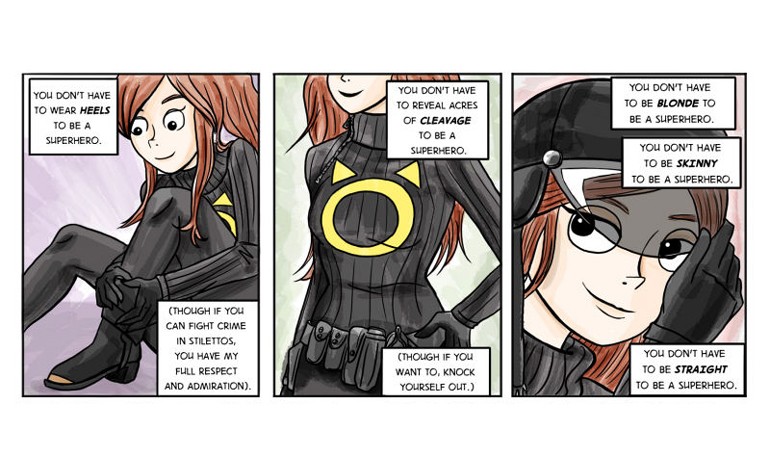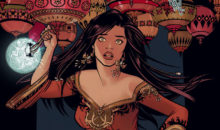Representation: A Demand and A Not-So Secret Identity
On June 15, just a few days ago as of this article, the Kickstarter campaign for Will Brooker’s comics series My So-Called Identity was successfully funded at 10,306 pounds: well over its original goal of 8,500. Just a day after GeekPr0n’s exclusive interview with Dr. Brooker, it was announced that Cameron Stewart, Brenden Fletcher, and the artist Babs Tarr would be re-innovating Batgirl: revising her as a young college student living among peers her own age and creating a more pragmatic and customized costume. It is only fitting that the origins for Will Brooker’s own work, and its protagonist Cat, were based off of a similar re-imagining and hypothetical pitch for Batgirl: complete with an element of fashion and a focus on intelligent female superheroes in comics.
And not even a few days ago, we found out that Thor is now going to be a woman.
In such a relatively short period of time, we are seeing examples of a potentially great development in the comics industry: and we have ourselves — as fans — to thank for it. Heidi MacDonald says as much in her article The secret of comics history that people on the internet don’t want you to know! She explains that while a majority of female comics readers existed before in the 1950s and 60s, this changed in the 70s and particularly 80s as male fans — who primarily focused on the superhero genre — took over direct distribution of comics from the newspaper stands.
Yet slowly, over time, through the demands of a vocal fan readership this trend may be changing. It’s true that there are fans that think it is all “a gimmick”: particularly with regards to Batgirl and Thor. After all, the comics industry generally makes decisions to make more money for itself. Yet it is considerable that not even a few months ago, the main contention discussed between Paul Dini and Kevin Smith on Smodcast was that the comics industry focused solely on perpetuating a “boys market” in order to make toys and continue their “sure thing” of a profit: at the price of female characters and more diverse story lines.
So, clearly, there is an audience and a demand for characters that can be related to by female fans: one picked up on, to some extent, by DC and Marvel. Perhaps now is a changing spirit of the times. And while this is a trend that might well be reversed — certainly there has been a female Thor beforehand, and Barbara Gordon has undergone a few revisions in her own time — I would like to remain cautiously optimistic. We are, by no means, at the stage where women in superhero comics are fully represented as three-dimensional characters but, perhaps, these recent developments can function as symbols — as the stepping stones — in telling sophisticated stories and introducing differing perspectives through familiar forms and faces.
After all, it’s only smart… and smart is a superpower!








